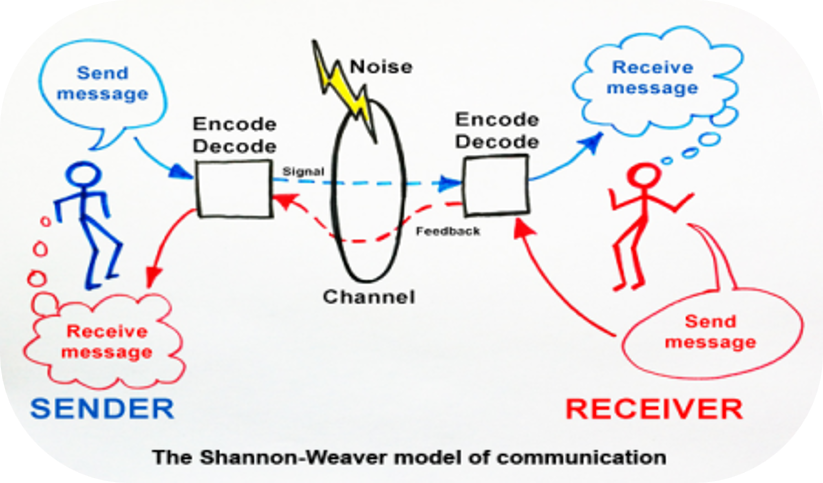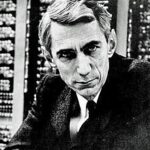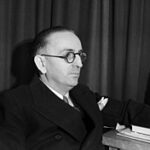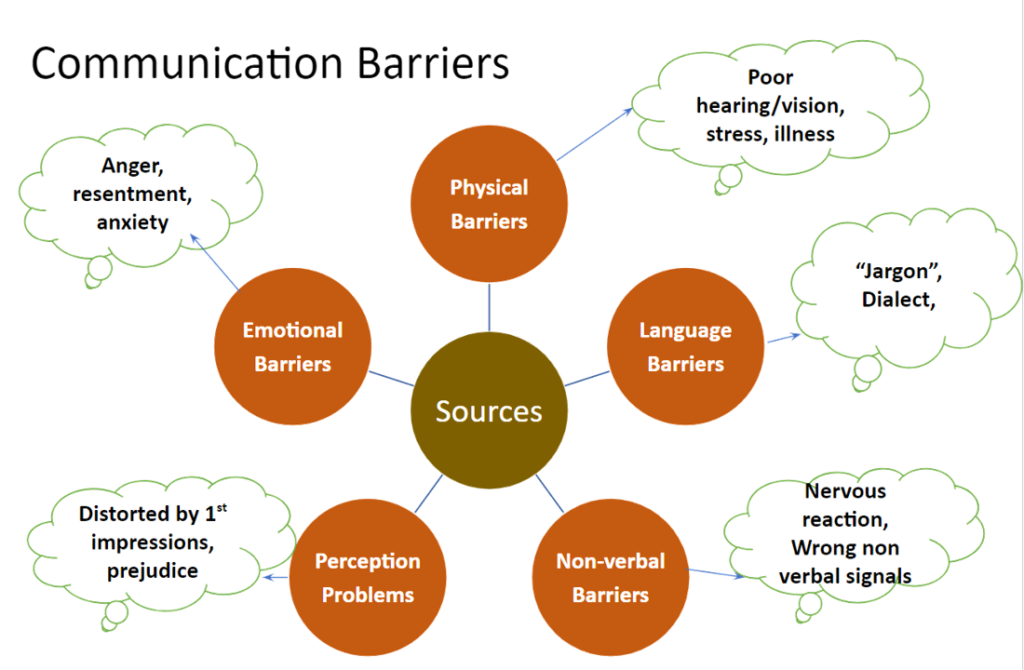Shannon–Weaver Model of Communication
Overview
The Shannon–Weaver model is one of the earliest and most influential models of communication (Chandler and Munday, 2011). It was initially published by Claude Shannon in his 1948 paper A Mathematical Theory of Communication (Shannon, 1948). The model was further developed together with Warren Weaver in their co-authored 1949 book The Mathematical Theory of Communication (Shannon and Weaver, 1949). It aims to provide a formal representation of the basic elements and relations involved in the process of communication.
Claude Elwood Shannon
An American mathematician, electrical engineer, and cryptographer known as a “father of information theory”.
Warren Weaver
An American scientist, mathematician, and science administrator who is widely recognised as one of the pioneers of machine translation.
Basic Components
The model consists of five basic components
- a source – The message
- a transmitter – The person sending the message
- a channel – Either verbal – written – electronic
- a receiver – The person receiving the message
These components are commonly represented by the graphic below.

Sources: Google Image Search
When someone decides to send (i.e. transmit) a message, they have to first decided through what channel. This is important as the channel selected will have an affect on how the message is decoded and transmitted. i.e. verbal versus written.
When a message is sent the sender has to be aware of the noise between the them and the received. These can be physical, emotional or environmental but must be addressed to ensure there is not misunderstanding.
The receiver will decode the message and may or may not absorb it. It is important to give the receiver an opportunity to ask for clarifications. This will ensure understanding of the communication.
Senders can also ask probing questions to ensure the receiver has understood the communication. It is vitally important that there is a two communication established.
Problems and Barriers
It also looks at problems senders and receivers can face, it defines what noise is and looks at what influences the Sender and the Receiver in communications.
References
Chandler, Daniel; Munday, Rod (10 February 2011). “Shannon and Weaver’s model”. A Dictionary of Media and Communication. OUP Oxford. ISBN 978-0-19-956875-8.
Shannon, Claude. E. (July 1948). “A Mathematical Theory of Communication”. Bell System Technical Journal. 27 (3): 379-4123
Shannon, Claude E.; Weaver, Warren (1 September 1998). The Mathematical Theory of Communication. University of Illinois Press. ISBN 978-0-252-72546-3
Information on this Post adapted from WIkipedia page:


